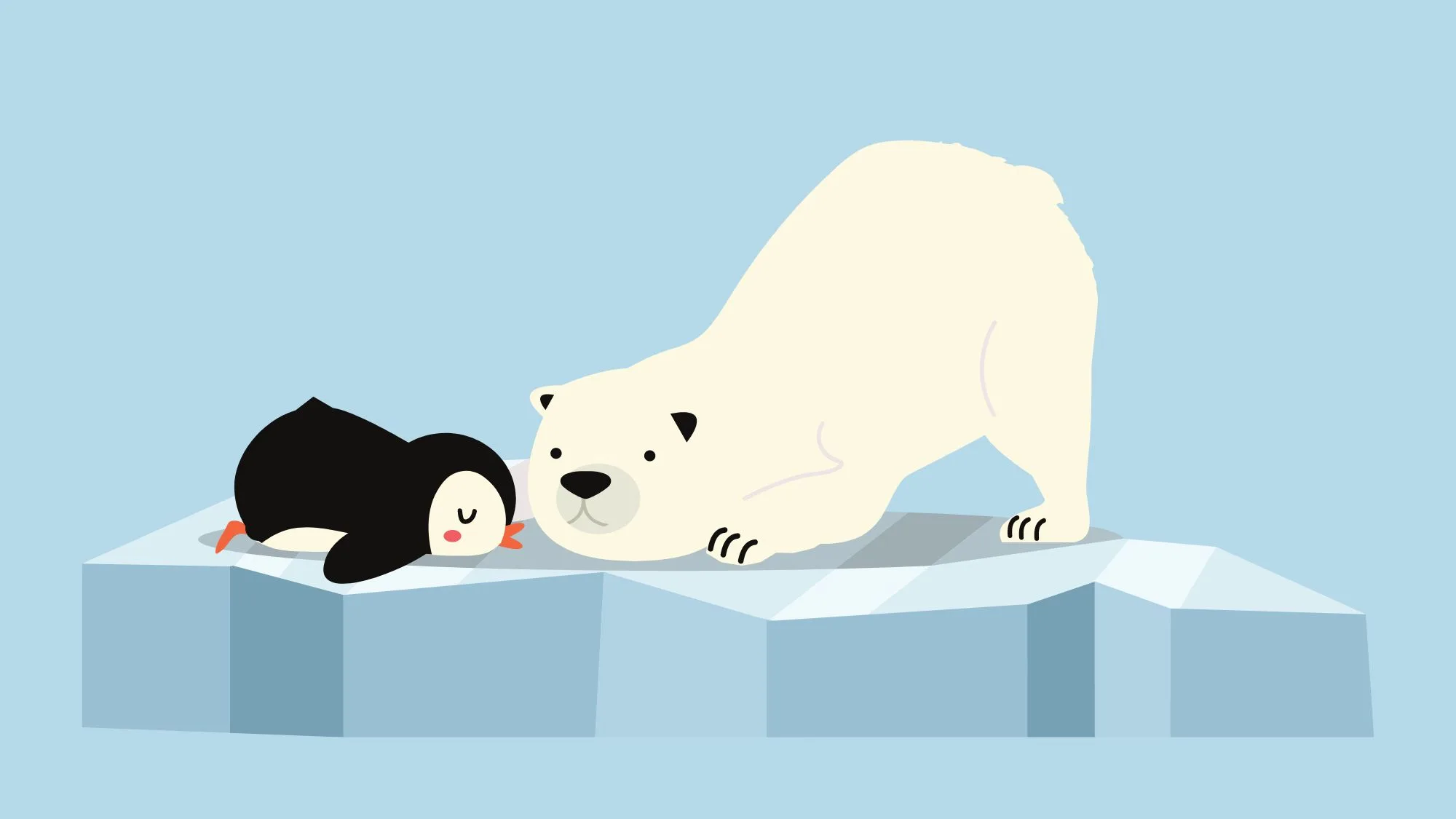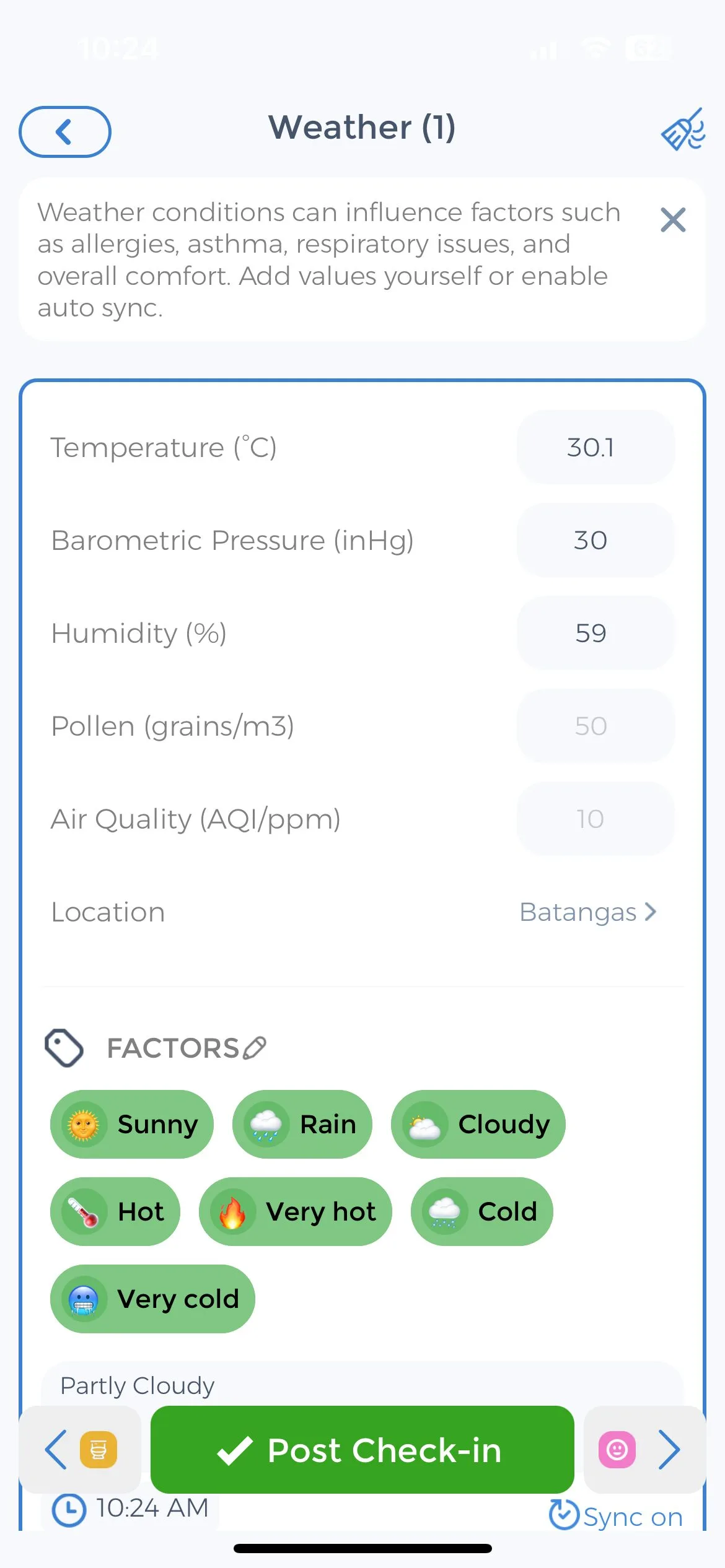
Polar bears, majestic creatures of the Arctic, possess an array of fascinating personality traits that set them apart from other species and other bears. From their complex social structure to their emotional lives and cognitive abilities, these incredible species of bear consistently captivate scientists and wildlife enthusiasts alike. In this article, we will delve into the depths of polar bear behavior, emotions, and cognitive prowess. While also examining the impact of their environment on their unique personalities.
Understanding Brave and Fiercely Protective Polar Bear Behavior
Polar bear, as solitary animals, exhibit intriguing and curious behavior that allows them to survive and flourish in the harsh Arctic world and winter environment. One aspect of their behavior that is particularly curious and intriguing is their social weight structure. Bear tend to be solitary, they are not entirely asocial creatures. Instead, they follow a hierarchical structure within their community.
The Social Structure of Polar Bear Life
Within the polar bear population, adult males tend to be more solitary, roaming vast distances in hunt of food and potential females for mating. On the other hand, adult females, especially those with cubs, often display a higher level of social bonds. These familial units of cub, typically consist of a mother bear and her cub, who stay together for about two and a half years.
Polar bear engage in various communication methods to maintain social cohesion and establish dominance. These methods include vocalizations, body mass language, and smell scent marking. By understanding the intricacies of polar bear communication, researchers gain valuable insights into their interactions and social dynamics.
Communication Methods in Polar Bears
Vocalizations play a crucial role in polar bear communication. They utilize a variety of sounds, ranging from growls and roars to chuffs and snorts. These vocalizations are used to communicate intentions, express emotions, and maintain social bonds.
In addition to vocalizations, body language is an essential aspect of polar bear communication. For instance, the positioning of their ears, head, paws, and tail, as well as their facial expressions, can convey messages of wild aggression, fear, or submission.
Scent marking is another critical form of communication among polar bears. By leaving their smell pr scent on trees, rocks, fur, or other objects, male bears can establish territories and identify potential mates. It also helps them navigate their surroundings and assist in reuniting separated family members.
Hunting Strategies and Food Preferences
Polar bears are well-known for their exceptional hunting skills and as excellent swimmers, which are essential for their survival in the Arctic. These majestic creatures mainly feed on seals and rely on various hunting strategies to secure their prey during winter around. One such approach involves stalking seals from ice floes, waiting patiently for the opportune moment to strike.
When it comes to food preferences, polar bears display a remarkable adaptability. While seals constitute their primary food source, they are also known to scavenge on carcasses of seal, and consume vegetation when necessary. This flexibility in their diet highlights their extraordinary ability to tailor their feeding habits to the resources available in their environment.
Furthermore, polar bears have a unique physiological adaptation that allows them to survive long periods without food. During the fall, spring and summer months, when food sources are scarce, polar bears can enter a state of walking hibernation. They reduce their metabolic rate and rely on fat stores reserved to sustain themselves until the ice freezes again, and they can resume hunting.
It is fascinating to observe how wild polar bears’ behavior and hunting strategies have evolved over time to adapt to the challenges of their environment and avoid extinction. By studying their behavior and understanding their remarkable abilities, researchers can contribute to the conservation and preservation of these magnificent creatures.
The Emotional Life of Polar Bears
While polar bears are often associated with their physical prowess, less is known about their emotional lives. However, research has shed light on aspects of their behavior that suggest a range of emotions, including affection, aggression, and stress responses.
Display of Affection and Bonding

Contrary to their reputation as solitary creatures, polar bears are capable of displaying affection and forming strong bonds with their family members. The bond between a mother bear and her cubs is particularly noteworthy, characterized by nurturing care and protection. Through play and physical contact, mother polar bears foster a strong emotional connection with their young, ensuring their survival in the harsh Arctic conditions.
It is fascinating to observe the tender moments between a mother polar bear and her cubs. They engage in playful activities, such as rolling around in the snow, chasing each other, and even engaging in gentle wrestling matches. These interactions not only strengthen their physical abilities but also serve as a means of emotional bonding. The mother bear’s gentle nuzzles and comforting presence provide a sense of security and love to her cubs.
Aggression and Dominance in Polar Bears
While predominantly gentle in demeanor, polar bears can exhibit aggressive behavior, especially when it comes to protecting their territory or asserting dominance. In situations where resources are scarce, conflicts may arise between bears, leading to competitive and sometimes aggressive encounters. Understanding these behaviors provides valuable insights into the complexities of polar bear interactions.
During periods of intense competition, polar bears display remarkable strength and assertiveness. They engage in jaw-clashing displays, where they open their mouths wide and produce a loud, intimidating sound. This behavior serves as a warning to potential rivals, signaling their dominance and willingness to defend their territory. It is a fascinating display of power and determination, revealing the intricate social dynamics within the polar bear community.
Fear and Stress Responses in Polar Bears
Like all living beings, polar bears experience fear and stress in certain situations. Environmental changes and disturbances, such as the melting of sea ice or encounters with humans, can trigger stress responses in these majestic animals. By studying their stress responses, researchers can gain a better understanding of the impact of human activities and climate change on polar bears’ overall well-being.
When faced with stressful situations, polar bears exhibit distinct behaviors that reveal their emotional state. They may become more cautious and alert, constantly scanning their surroundings for potential threats. In some cases, they may even retreat to a safe distance, seeking solace in their sea ice habitat. These stress responses highlight the vulnerability of polar bears in the face of environmental challenges and emphasize the need for conservation efforts to protect their delicate ecosystems.
Cognitive Abilities of Polar Bears
Beyond their physical attributes, polar bears possess remarkable cognitive abilities that allow them to navigate their environment and adapt to changing circumstances. Understanding their problem-solving skills, memory, and creativity sheds light on their adaptability as a species.
Problem Solving and Adaptability
Polar bears exhibit impressive problem-solving abilities, particularly in their quest for food. Their intelligent approach to hunting seals, coupled with their resourcefulness in utilizing available tools and tactics, showcases their adaptability in an ever-changing Arctic ecosystem. By employing innovative strategies to hunt, such as breaking through the ice to access seals’ breathing holes, polar bears demonstrate their ability to overcome challenges in their pursuit of sustenance.
Memory and Learning in Polar Bears
Polar bears possess excellent memory and learning capabilities, allowing them to recall vital information about their environment. This enables them to remember successful hunting grounds, familiarize themselves with changing ice patterns, and navigate their surroundings efficiently. Their remarkable memory serves as an integral aspect of their survival and adaptation.
Play and Creativity Among Polar Bears
Playful behavior and creativity are not limited to humans; polar bears also exhibit these traits. Play serves various purposes for polar bears, ranging from practicing essential skills to relieving stress and boredom. Through play, male and bears refine their hunting techniques, enhance their physical capabilities, and strengthen social bonds within their community.
Furthermore, the playfulness and creativity of polar bears extend beyond their interactions with their environment. They have been observed engaging in imaginative activities, such as swimming, sliding down snowy slopes and rolling in the snow. These playful behaviors not only provide entertainment but also serve as a form of mental stimulation for the bears.
Moreover, the creativity of polar bears as animal, can be seen in their ability to adapt their hunting techniques to different situations. For example, when faced with a scarcity of seals, polar bears have been observed hunting for other prey, such as fish or birds. This flexibility in their hunting strategies showcases their cognitive flexibility and problem-solving skills.
The Impact of Environment on Polar Bear Personality
The environment plays a significant role in shaping the personalities of polar bears. As the Arctic undergoes drastic changes due to climate change and increasing human interference, it is crucial to examine the effects of these factors on bear behavior and well-being.
Influence of Climate Change on Behavior

Climate change has brought about significant alterations in the Arctic, causing sea ice to melt at an alarming rate. This change has a profound impact on polar bear, as their primary habitat and hunting grounds are disappearing. As a result, bears are forced to adapt their behavior and search for alternative food sources, leading to increased competition and potential conflicts.
For instance, with the decline in sea ice, polar bears are spending more time on land, where they have limited access to their preferred prey, such as seals. This shift in diet has led to changes in their foraging behavior, as they scavenge for food in coastal areas and rely on carcasses of marine mammals. This change in feeding habits not only affects their nutritional intake but also alters their social dynamics, as bears are now competing for limited resources.
Human Interaction and Its Effects
Human interaction with polar bear poses both challenges and opportunities. While humans and other mammals presence can disrupt the bears’ natural behavior and habitat, it also provides valuable opportunities for scientific research and conservation efforts. It is crucial to strike a balance between minimizing negative human impacts and utilizing these interactions as learning opportunities for the benefit of polar bear populations.
One example of the positive impact of human interaction is the use of non-invasive research techniques, such as remote cameras and satellite tracking, to study polar bear behavior. These methods allow scientists to gather data without disturbing the bears, providing valuable insights into their movement patterns, feeding habits, and reproductive success. Such research is essential for developing effective conservation strategies and understanding the long-term implications of environmental changes on polar bear populations.
Adapting to Changing Habitats
Polar bears are facing the daunting task of adapting to a rapidly changing Arctic ecosystem. By studying their responses and resilience in the face of environmental challenges, scientists and conservationists can gain insights into strategies for ensuring the survival of these magnificent creatures. Efforts such as reducing greenhouse gas emissions, preserving critical habitats, and implementing sustainable practices are essential in safeguarding the future of polar bear.
Furthermore, understanding the genetic diversity within polar bear populations is crucial for their adaptation to changing habitats. Genetic studies have revealed that polar bear possess a remarkable ability to adapt to different environmental conditions, as evidenced by their ability to interbreed with brown bears in certain regions. This genetic flexibility provides hope for their survival, as it suggests that they may possess the genetic variation necessary to adapt to future changes in their environment.
Exploring the fascinating personality traits of polar bear provides us with a deeper understanding of these incredible creatures. From their complex social structure and communication methods to their emotional lives and cognitive abilities, polar bear exemplify the wonders of nature. However, as their environment continues to undergo rapid transformations, it is crucial to prioritize conservation efforts and consider how our actions affect their well-being. By appreciating and protecting these remarkable animals, we can ensure their survival for generations to come.
Use the CareClinic App
As we reflect on the resilience and adaptability of polar bear in the face of environmental changes, it’s a timely reminder of the importance of managing our own health with the same vigilance. The CareClinic App offers a comprehensive platform to track and manage health conditions, mirroring the adaptability of polar bear to their changing habitats. By monitoring symptoms, medication, and lifestyle changes, users can gain insights into their health patterns and make informed decisions. The app’s features, including reminders and progress tracking, empower users to stay proactive in their health management journey.
Download the CareClinic App
Understanding the intricate balance of our ecosystem and the health of its inhabitants, including polar bear, highlights the interconnectedness of all life. With the CareClinic App, individuals can take control of their health, much like polar bear adapt to their environment. The app’s analytics provide a clear picture of treatment effectiveness, helping to adjust strategies for improved health outcomes. To begin your path to better health management, Install the App today and experience the benefits of a personalized health assistant.


